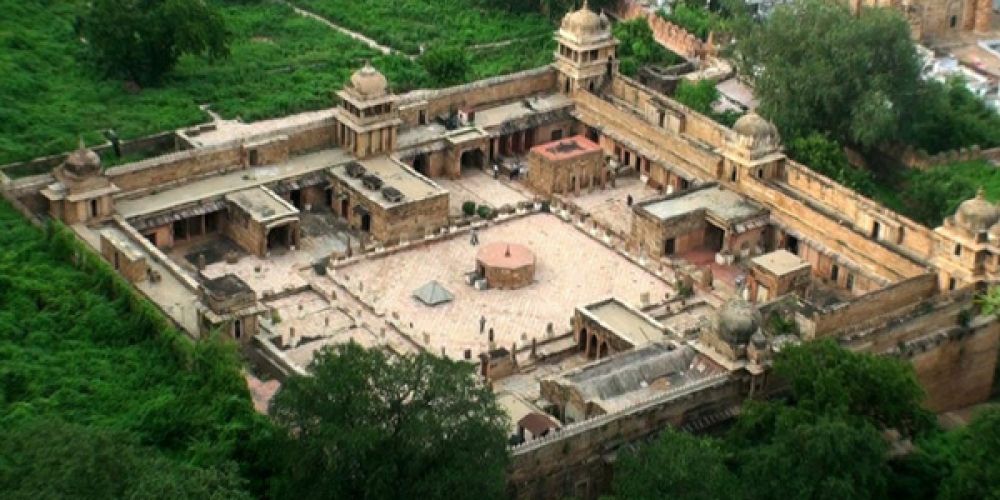

Gwalior, a city rich with ancient history and majestic monuments, is home to the renowned Gujari Mahal Archaeological Museum. A jewel in the crown of Gwalior's cultural heritage, this museum is a testament to the region's long-standing relationship with the arts and architecture.
The Gujari Mahal was built by Raja Man Singh Tomar in the 15th century for his beloved wife, Mrignayani, a Gujar princess. Situated within the Gwalior Fort complex, it reflects a blend of cultural aesthetics. The palace was converted into an Archaeological Museum in 1922 to preserve and showcase the region's rich history, converting it into a hub for tourists and history aficionados.
This museum is a gateway through time, housing rare artefacts and exquisite sculptures dating back to the 1st and 2nd centuries BC. As tourism developed, the Gujari Mahal Archaeological Museum became a pivotal point for cultural tourism in Madhya Pradesh. Visitors marvel at the exceptional stone carvings, intricately detailed idols, and the historical significance that each room encompasses.
One of the museum's most significant pieces is the idol of Salamander or Vyal, which is believed to be a mascot of the city. Additionally, the museum hosts a rare collection of archaeological finds from Gwalior and surrounding areas, including sculptures reflecting various schools of ancient Indian art such as the Gandhar, Mathura, and Sarnath.
The trend in tourism at Gujari Mahal is leaning towards an immersive experience. With the use of modern technology such as augmented reality and virtual tours, the museum is finding new ways to engage visitors. Educational programs and interactive sessions are organized to attract more students and researchers, fostering a deeper appreciation for the region's heritage.
The museum has improved its accessibility over the years, encouraging higher footfall. The city of Gwalior is well-connected by rail, road, and air, allowing for easy access to the museum. The integration of the Gujari Mahal Archaeological Museum into circuit tourism that includes other historical sites in Gwalior fortifies the city's status as a prime cultural destination.
Looking forward, the tourism strategy for Gujari Mahal Archaeological Museum includes conservation and preservation efforts, alongside marketing campaigns targeting diverse audiences across India and globally. The government has been actively promoting Madhya Pradesh's heritage through various campaigns like "Heart of Incredible India," securing the future of tourism in the region and ensuring that the glory of the Gujari Mahal continues to enchant future generations.